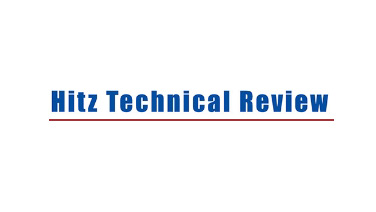Bridges
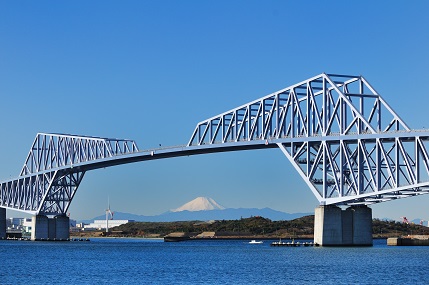
We have been involved in building many suspension bridges, cable-stayed bridges, and truss bridges in Japan.
These include notable bridges such as the Wakato Bridge, the first proper suspension bridge in Japan, and the Honshu-Shikoku Bridge, which ushered in the era of large bridges. Building large bridges requires being able to cope with their complex behavior during high winds or earthquakes, as well as advanced technologies for using new materials. Hitachi Zosen has responded to the expectations of society with its prominent technological capabilities. Moreover, we have demonstrated these technological capabilities in building large bridges overseas, including the Stonecutters Bridge, which has the second longest cable-stayed span in the world.
Major technologies
Large bridges
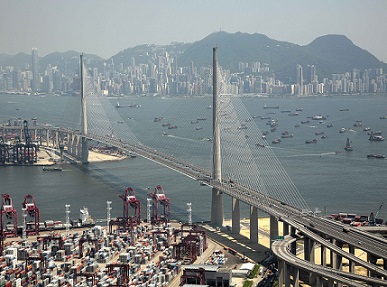
We have been involved in building many hanging bridges or cable-stayed bridges - typical Japanese bridges such as the Wakato Bridge, which was the first hanging bridge in Japan, and the Honshu-Shikoku Bridge, which ushered in the era of large bridges. Building large bridges requires advanced technologies to ensure they are stable in the wind, and to study their complicated behavior during earthquakes. We have responded to the expectations of society with its prominent technological capabilities. Moreover, we have demonstrated these technological capabilities in building large bridges overseas, including the Stonecutters Bridge, which has the second longest cable-stayed span in the world.
Floating bridges
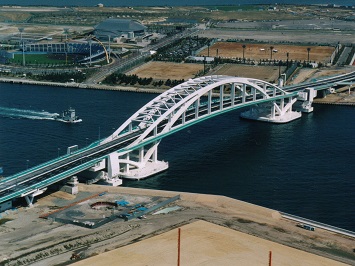
Floating bridges do not use supporting substructures like conventional bridges, and are therefore suited to very wide stretches of water and locations where the sea bed foundation is too soft to hold a substructure. Vertical load is supported by buoyancy, while horizontal load is absorbed either by anchors (usually chains or cables) or by rubber fenders as used on ship moorings. The floating design also shields the bridge from earthquake movement and provides a high standard of protection against seismic forces. We built the Yumemai Bridge at Osaka, the only large-scale floating bridge of its type in Japan.
Overhead-crossing rapid construction method
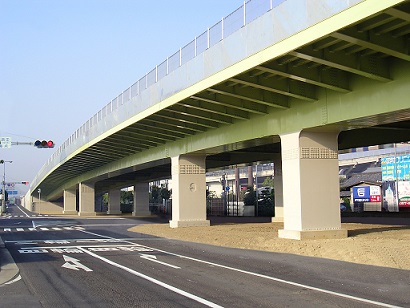
The overhead-crossing rapid construction method enables construction of overhead-crossing bridges at congested intersections in a very short time-frame so as to minimize disruption to traffic as well as the impact on the local environment.
UFO construction method
The UFO construction method is used to quickly build foundations directly into the ground. It is suitable for the ground that is relatively solid and stable. The core technology of direct steel foundations is a unique construction method that allows rapid construction of foundations that would normally take a long time to construct on site.
Hi-FLASH construction method
The Hi-FLASH construction method is a means of rapidly building pile foundations in soft ground. The core technology of Hi-FLASH is the Uni Anchor System (UAS), which employs a unique combination of steel bridge pylons and pile foundations and was developed by Hitachi Zosen in conjunction with the Public Works Research Institute (PWRI) and Fujita Corporation.
Related technology
Click here for inquiries about Hitz technology

